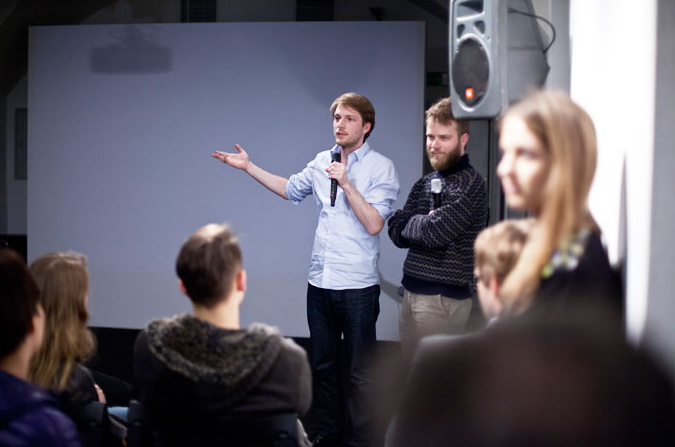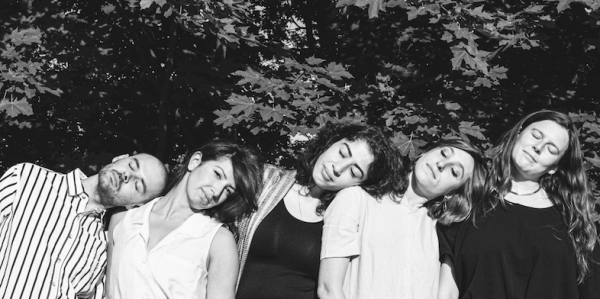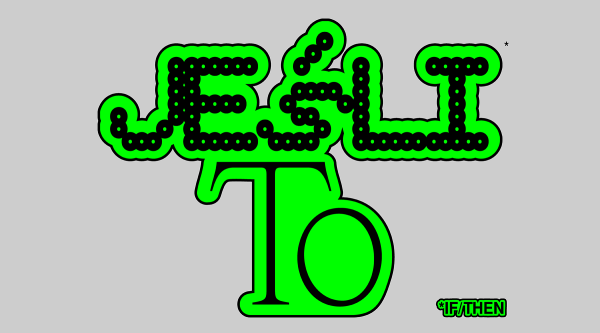Sander Breure & Witte van Hulzen
Presentation of works and discussion with the artists
The presentation of three works by the Dutch artist duo Sander Breure & Witte van Hulzen, who are current residents at the Ujazdowski Castle Centre for Contemporary Art.
The presentation will consist of a screening of the poetic soap opera Ebedi Dönüş [Eternal Return] recorded in Istanbul in 2010. In the work Sander and Witte constructed a circular storyline drawing on tropes from television soaps with 20th century poetry and the musical language of Baroque opera, set in a modernist decor.
Secondly there will be a presentation of A Family Portrait and A Living Room, a performance and an installation portraying an average family of the Netherlands, produced at the Stedelijk Museum in Amsterdam. Excerpts from the performance will be shown, and the artists will also give a talk about the background and creation proces of the piece.
The event will conclude with a screening of their latest video work Phi and Laurine, a portrait of two friends of the artists, who are a love couple and both work as actors. The film mixes documentary material, footage from family archives and recordings made with medical equipment in a stream-of-consciousness edit.
-
Ebedi Dönüş
- [Eternal Return], 2010, HD-video, 34'
- Ebedi Dönüş is written and recorded during a residency at Platform Garanti, Istanbul and originated from a research into soap operas on Turkish television. One of the ideas that came about during the research is that soap operas are in fact infinite stories; and endless variation of dramatic moments, without driving at a definitive plot or ending. The three interwoven story lines of Ebedi Dönüş are circular; their beginning and ending are the same. Thus another, closed-circuit kind of infinity is suggested that coincides with the loop in which the video is shown during exhibitions. As a consequence of the circular form the characters are imprisoned in the story, involuntarily repeating the same script over and over.
- Fragments of poetry from a poet who spent a large part of his life in prison – Nâzım Hikmet – are interspersed with the script. One of Hikmet’s most famous works is Human Landscapes, in which he strings together the life stories of fellow prisoners in an epic poem. Despite the obvious differences, Hikmet shares with soap operas an commitment to the feelings, dreams and desires that make up the lives of common men. Thus in the movie Ebedi Dönüş we find high and low-brow culture, art from the past and the present, and elements from Turkish and Dutch culture.
- The parts in the movie are played by actor who also play in the soap operas on television. The actors are displaced from their usual context into a barren decor. The decor, referencing minimalism with its square volumes in different grey hues, can also be seen as the abstraction of a regular soap decor. The alienating effect of the displacement bring the movie even closer to theatre – as opposed to cinema – than would already be the case with the primarily dialogue driven plot. Because of this theatrical aspect the movie could just as well be seen as an addition to the artists’ performances as to their videos.
-
A Family Portrait
- 2014, performance, 70'
- Performance by Sander Breure and Witte van Hulzen, A Family Portrait, produced by the Stedelijk Museum. This performance is part of the performance and lecture series Stage It! (Part 3): SCRIPTED. The work consists of a large-scale installation, which is presented as an autonomous object, entitled Een Woonkamer, and a script performed by four actors. The two works relate to each other as a family relates to the home it lives in: the house is their property, and they belong together, but they are also two separate things in the world.
- Een Familieportret [A Family Portrait] is a portrait of the average Dutch family, which the artists have managed to locate with the help of data from the Central Bureau of Statistics. The script of the performance is based on sound recordings made at the family’s home. A Family Portrait contains fragments from the family’s daily life, arranged over the course of one day. Superficially, the text is about trivial everyday events, but the subtext touches on broader social developments which characterize the age in which we live. For example, English expressions widely used in Dutch are characteristic of the dominance of Anglo-Saxon culture, and the difficulties the mother faces with her application for unemployment benefits illustrate the effect of the economic crisis in Europe at the micro level. Many things are not expressed, and the tensions, doubts, and uncertainties which play a role in this “average” family are often concealed in small, apparently meaningless sentences. The script is clearly visible during the performance. In this way, Een Familieportret becomes documentary theater, in which language serves as an objet trouvé, and the everyday way in which families relate to each other at home becomes an alienating performance.
-
Phi and Laurine
- 2015, HD-video, 38'
- The video Phi and Laurine is a portrait of the actors and lovers Phi Nguyen and Laurine Booij. Both are brought into the limelight by the camera from different perspectives and in different roles. The film itself can be seen as an attempt to dissect the protagonists in a figurative sense, as it were, looking for the answer to the question: who are Phi and Laurine? But the film also refers literally to the tradition of the Anatomy Lesson in the visual arts: the bodies of Phi and Laurine have been turned inside out, as it were, with imaging techniques – which are used more frequently in the medical world.
- Breure & Van Hulzen filmed "close up," the camera follows the actors and the gaze of the viewer penetrates not only the daily life, but even the body of the actors. From staccato transitions to the blending of time; from VHS to High Definition and vice versa: the film is a collage of rapidly alternating images in which the present is mixed associatively with images of the past and with the medical recordings. As the camera zooms in, the line between the inner and outer world gets blurred and in this way a new reality is being created in the portrait of Phi and Laurine.




